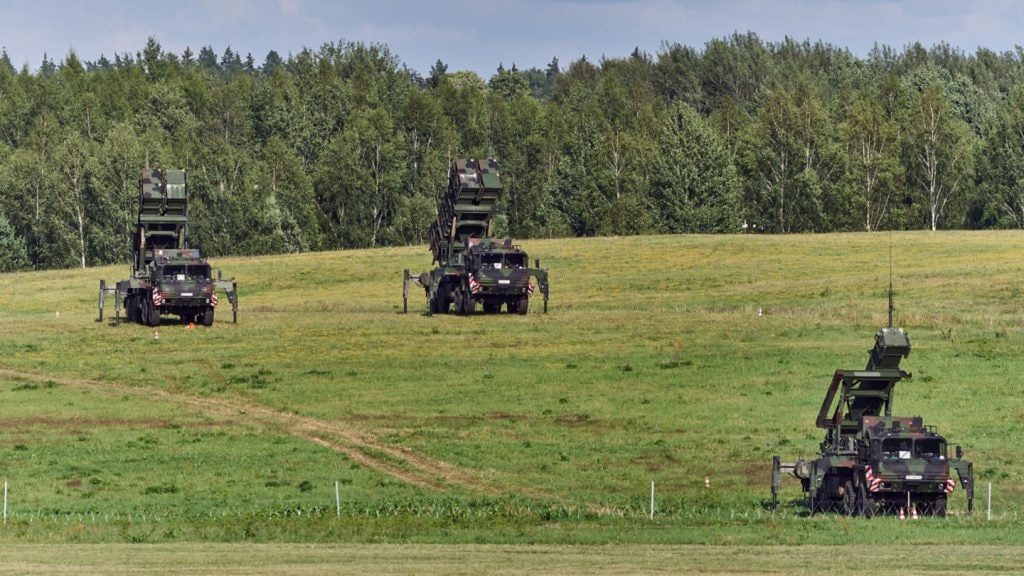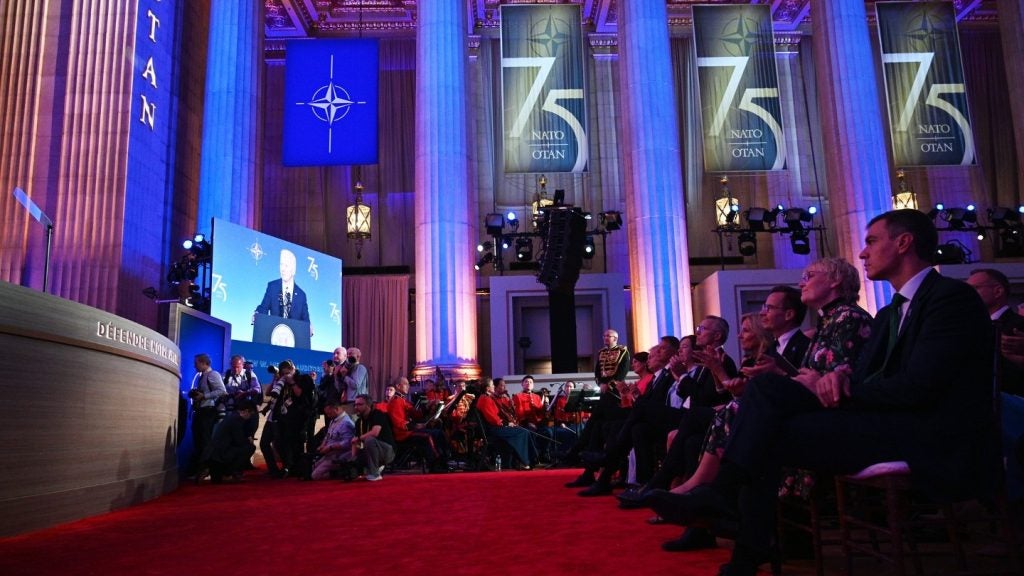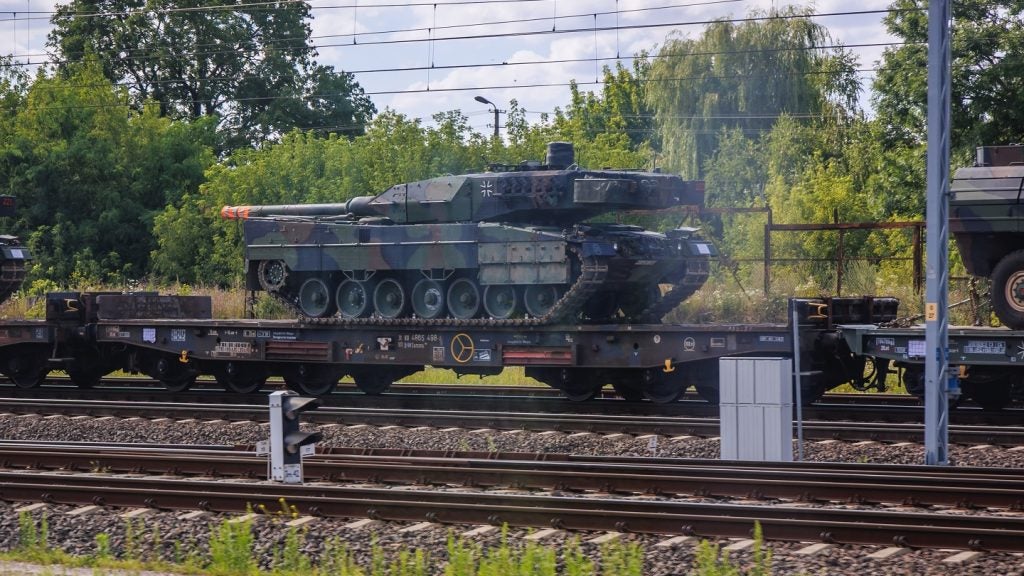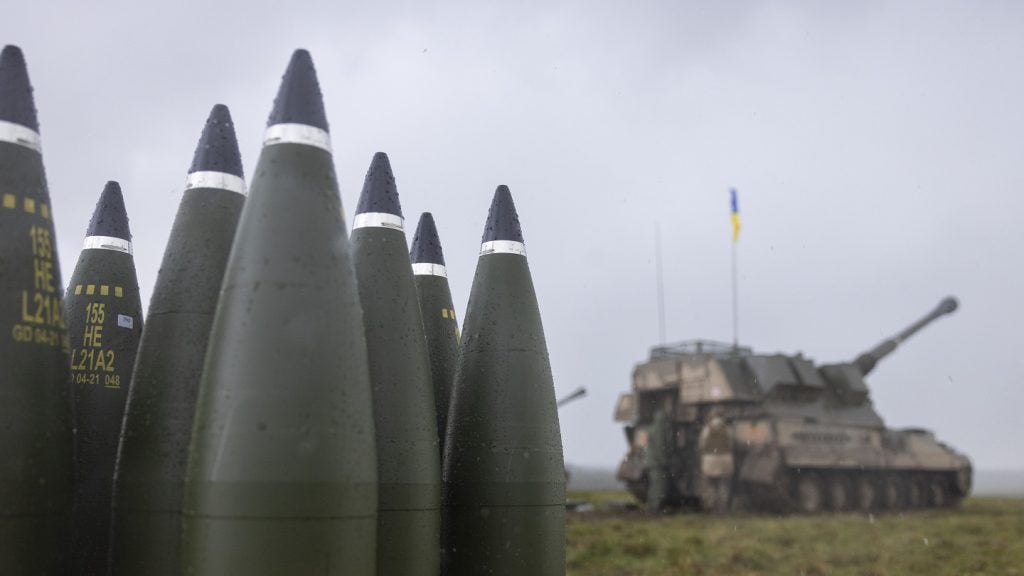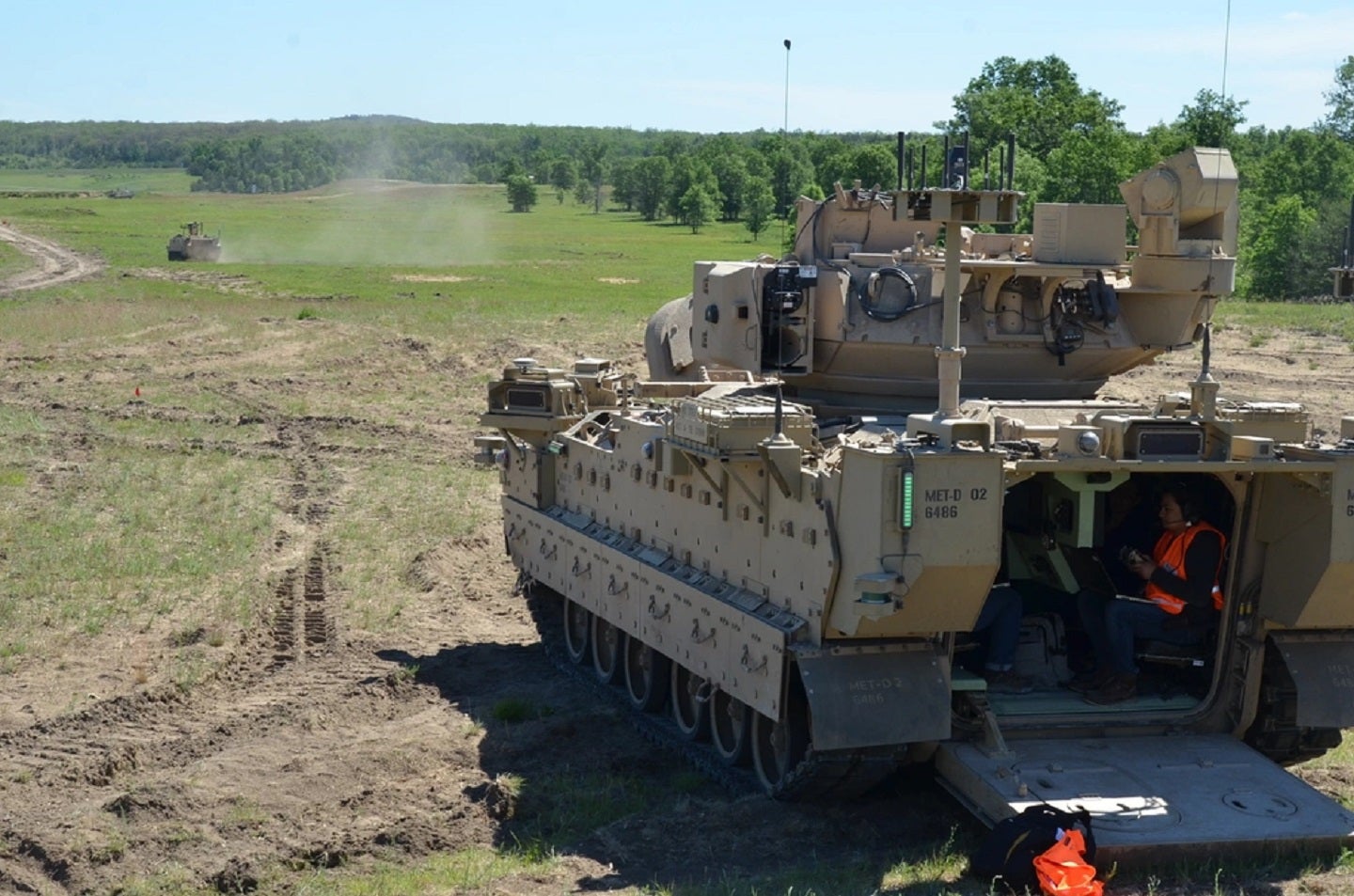
Oshkosh Defense has submitted a design proposal for the US Army’s Robotic Combat Vehicle (RCV), part of the Army’s next generation combat family of vehicles (NGCV) programme.
The Congressional Research Service tells us that the Army intended to develop three RCV variants: light, medium, and heavy.
The Army envisions employing RCVs as scouts and escorts for manned fighting vehicles. They would deter ambushes and guard the flanks of mechanised formations.
Operators in NGCSs will control RCVs, but the Army hopes that improved ground navigation technology and artificial intelligence (AI) might eventually permit a single operator to control multiple RCVs or for RCVs to operate in a more autonomous mode.
The RCV programme
On 29 March, the Army requested RCV prototype proposals. It detailed a three-phased effort that selects up to four vendors to deliver test vehicles by August 2024.
After the request, Oshkosh Defense and BAE Systems indicated their interest in the RCV effort. It could result in a contract worth approximately $607m for 211 RCVs.
Oshkosh Defense’s chief programme officer, Pat Williams, states: “The Oshkosh Defense RCV team is pleased to submit [its] proposal for the first phase of the RCV programme.
“We remain committed to being responsive to the needs and requirements of the soldier to provide the most capable, reliable, and maintainable robotic platform.”
The team includes two Oshkosh Corporation subsidiaries: Oshkosh Defense and Pratt Miller Defense, alongside their independent partner, QinetiQ.
Leveraging emerging technologies
Williams added: “The Oshkosh RCV is an evolution of a decade of innovation, development, and testing.
“Our solution is optimised to exceed the performance requirements and is ready now to meet the demanding programme schedule.”
The US Army has acknowledged the demanding requirements of autonomous vehicles since it announced the RCV programme in 2019. In 2020, QinetiQ co-authored a report with the Royal United Services Institute (RUSI) on the trustworthiness of AI. The two organisations stated that the technology’s rapid “changes are still not wholly evident across militaries.”
Now, three years later, the Oshkosh team offers the US Army the autonomous RCV it has long anticipated. The company now claims to “exceed [the Army’s] performance requirements.”
The prototype must be able to “employ their autonomous manoeuvre capability to offer [the enemy] threat multiple dilemmas.
“[While also] conducting independent manoeuvre[s] without exposing the human force to direct and/or indirect fire,” as requested by the US Army.
While leveraging emerging tech may already be in the bag, the US Army may dismiss the corporation’s extensive manufacturing experience. It would not be the first time this has happened.
It was on the basis of its experience as the original equipment manufacturer that Oshkosh issued a protest to the Government Accountability Office. The protest refuted the Pentagon for awarding AM General the JLTV contract.




